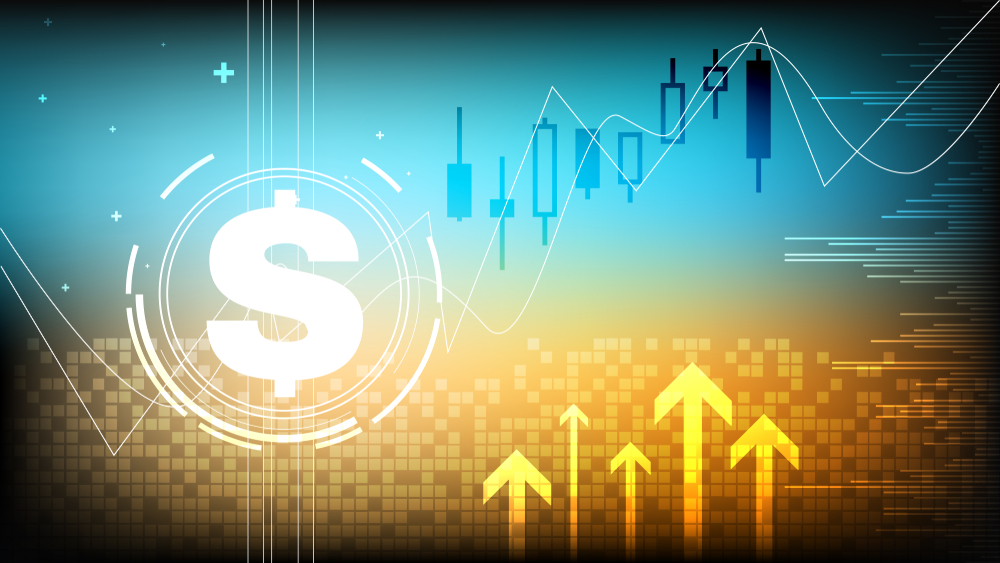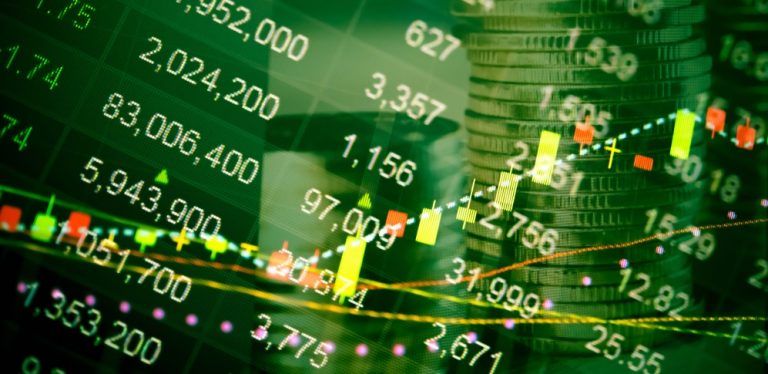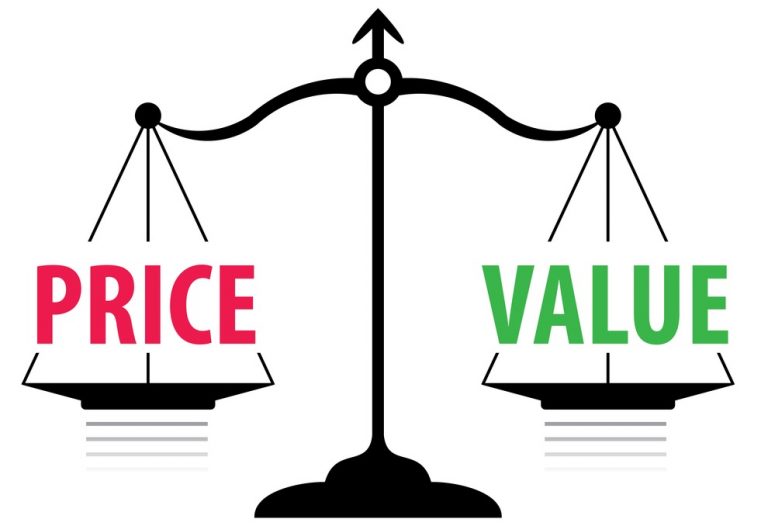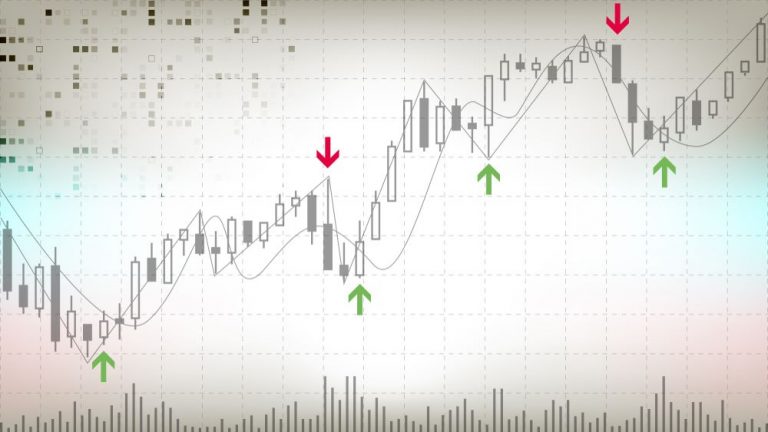
CFD traders are growing in number, brought about by the widespread appeal of CFDs as an alternative investment instrument. For many, the lure of ultra-high leverage is what draws traders in to CFDs, with hopes abound of substantial returns paving the path to riches.
Of course, in part, CFDs are highly leveraged and as a result they do deliver greater yields than many other types of financial instrument. That said, this leverage must always be accounted for by the trader, even in the bad times, and any monies borrowed off of the broker for leverage purposes must be repaid at the settlement of each relevant transaction plus the applicable finance charges, depending on the duration through which the position has been open.
What Is Leverage?
While leverage is essentially a loan from the broker to the trader to finance a position, the money is applied directly to the position, such that no cash actually changes hands. In spite of this, brokers still require some security in order to enable the leverage portion to go ahead, and this is normally expressed as a percentage value of the total transaction size known as ‘margin’.
The margin is the amount of equity the trader is required to buy in to the deal in order for the position to be leveraged, and as a percentage is fixed against the total transaction size such that a greater margin amount allows a greater overall transaction size.
For most transactions in most markets, margin is usually set at around the 5% mark, which affords leverage at a factor of 20. That means that for each $1 margin covered, $20 can be spent on the total transaction size. So, if the position increases in value by 10%, your return on the $1 margin capital is 200%. And so long as the margin amount remains equal to the 5% (or whatever percentage margin requirement is required with your broker), the position can continue to be funded in this way essentially indefinitely (or until the point at which the financing costs outweigh the benefits of rolling overnight).
Margin Call and What It Means for You
If the position decreases in value at any point over the lifetime of the trade, it’s your obligation to ensure there is enough capital in your account to cover your margin requirement. If you don’t keep up a constant exposure to the position to the tune of the margin requirement set by your broker, you run the risk of incurring a margin call, where the broker effectively calls in your other open positions in order to fund your losses.
This can throttle profitable positions and even result in the closure of your account, so its important that you make sure that you constantly retain a sufficient capital buffer to prevent this kind of action from taking place. For this reason, its vital to always store some capital in reserve in your account, and to take care not to over-leverage your portfolio when making trading decisions.






